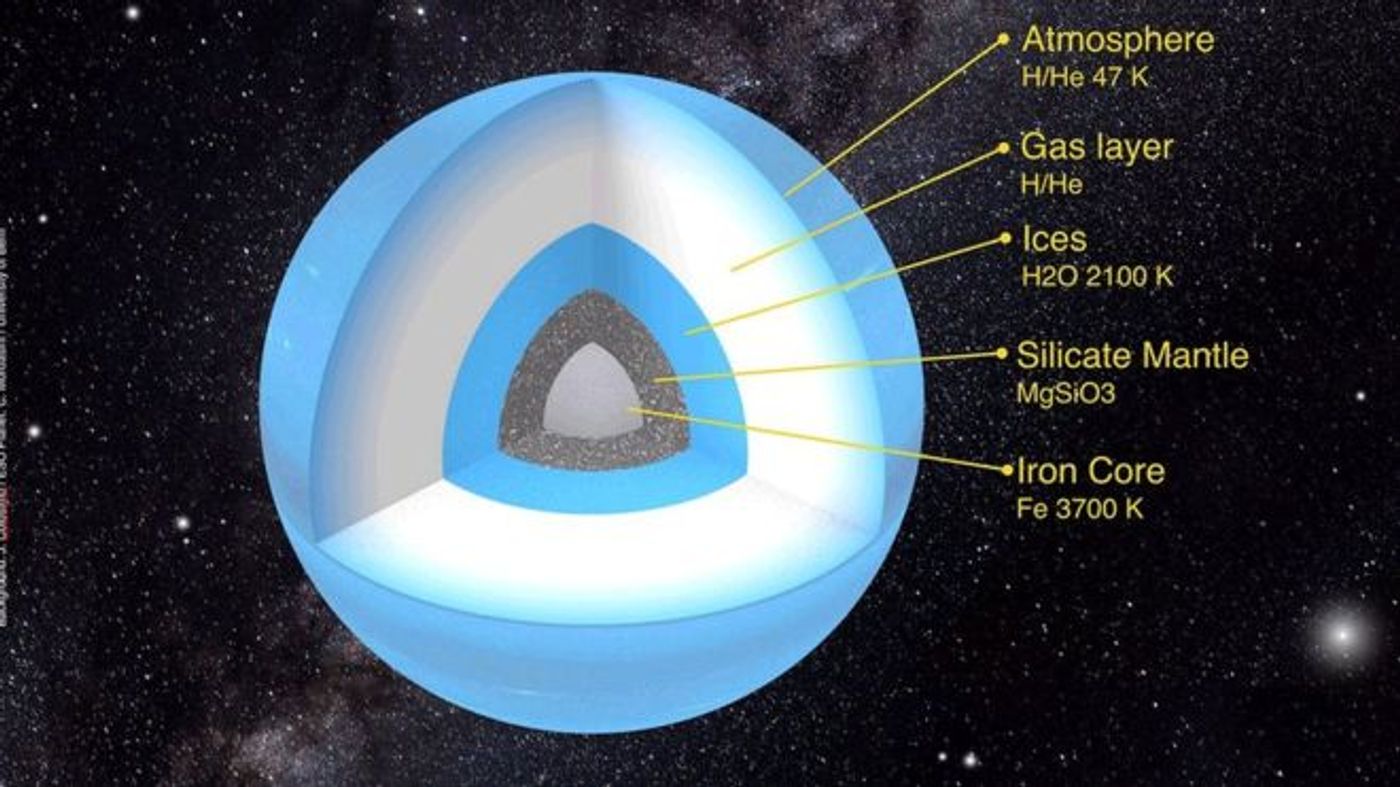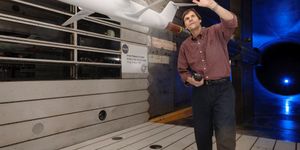Researchers Map Out the Layers of Suspected Planet Nine
Scientists have been searching for Planet Nine for eons. It’s something that we have yet to discover any solid evidence for, but there are gravitational effects in our solar system that seem to only be explainable by some kind of distant spatial body in the outskirts of our solar system.
Now, researchers from the Switzerland-based University of Bern believe that they’ve been able to produce an accurate model of what Planet Nine’s various layers would look like based off of our understanding of planets in the outskirts of the solar system.

With a diameter estimated to be approximately 7.5 times that of Earth, Planet Nine is suggested to have a thick hydrogen and helium atmosphere and gaseous layer that would encase an ice water layer. Below that, it’s believed there is a silicate mantle and an iron core.
Based on the high amounts of gravitational influence Planet Nine would have on the outer reaches of our solar system, up to 700 times the distance between the Earth and the Sun, astronomers came up with the aforementioned dimensions and possible planetary composition.
The mostly-frozen planet would have such a low temperature because it’s so far away from the Sun. The distance prevents the Sun’s heating light rays from having much impact on the planet’s overall temperature.
The distance from the Sun also means less reflected light rays, which is why we seem to be unable to easily spot the planet in the distant outreaches of our solar system. Without heat or reflective surfaces, the planet’s internal heat is the only thing scientists can really go by, but as we can tell, even that method is proving difficult to showcase Planet Nine’s existence.
Planet Nine may or may not be real, but considering there is so much evidence to support its existence, it’s no wonder researchers are already jumping the gun and trying to guess at its composition.
Nevertheless, we’ll never actually know for sure until we spot the object and send a probe to it to see it clearly in person. That’ll be pretty hard to do until we know it actually exists.
Source: BBC








